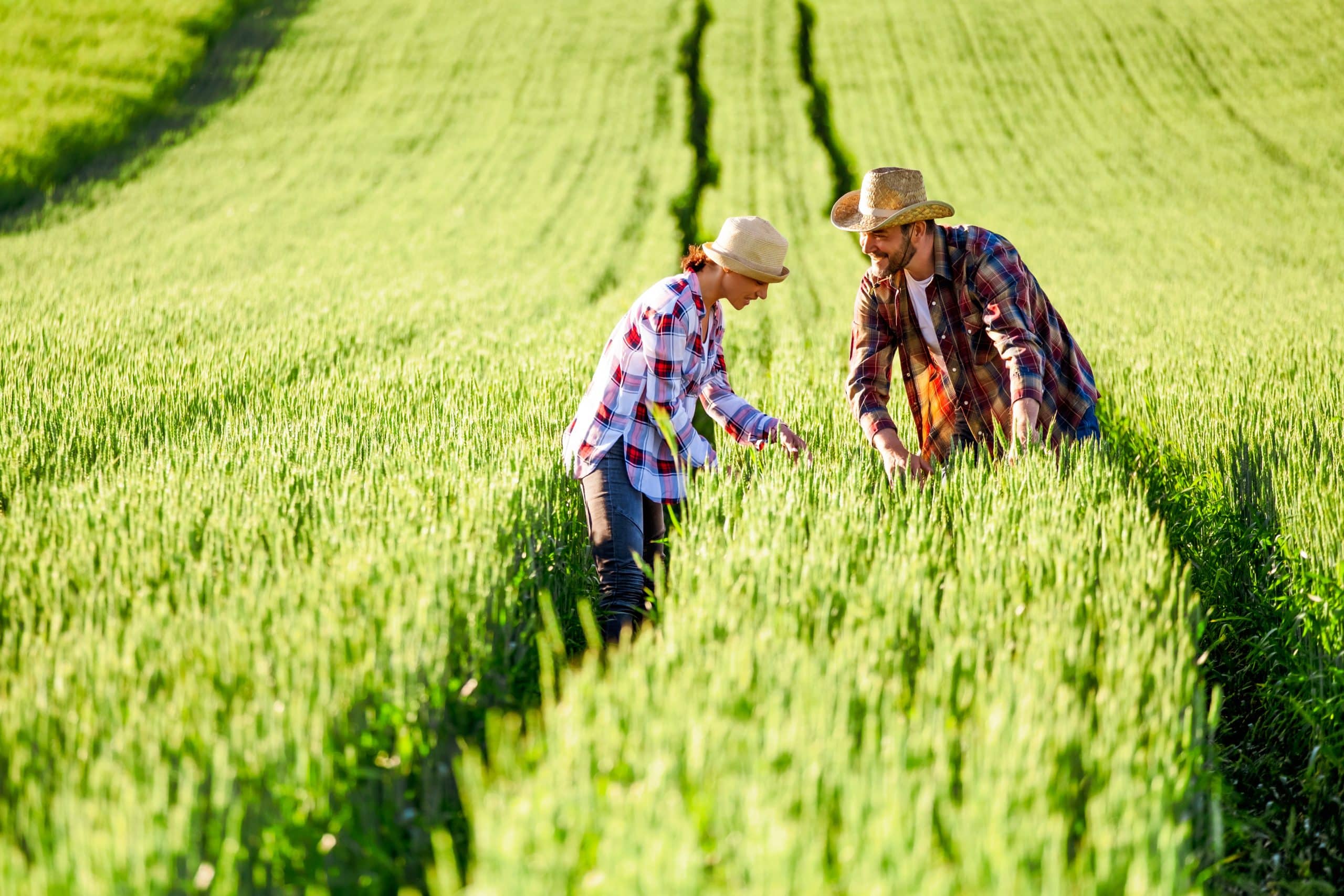In the heart of the urban jungle, a surprising trend is taking root. It’s a movement towards community-driven agriculture and local food production. Beyond the bounds of the traditional farm, agriculture is making its way into city spaces, transforming urban land into productive gardens. This development is not only vitalizing the community, but also revolutionizing our food systems and enhancing food security. So, how can real estate spaces be designed to foster this urban agriculture movement?
Integrating Agriculture into Urban Development
Real estate development has typically been associated with commercial and residential construction. However, there is a growing shift towards integrating agriculture into urban development. This integration is more than just a trend. It’s an innovative strategy for promoting sustainable development, enhancing food security, and fostering community participation.
Additional reading : What are the strategies for creating zero-energy real estate developments through sustainable design and technology?
Urban Farming and Food Security
Urban farming is a way to increase food security by providing city dwellers with direct access to locally grown food. It reduces dependency on external food supplies and strengthens the local food system. By bringing food production closer to consumers, urban farming minimizes transportation costs and reduces carbon emissions associated with food transportation.
Community Involvement in Urban Agriculture
Urban farms also serve as platforms for community involvement and education. They provide opportunities for residents to learn about food production, contributing to the development of an informed and conscious consumer base. In turn, this can lead to healthier eating habits and a greater appreciation for local produce.
Also to see : What role does citizen science play in enhancing environmental monitoring in real estate developments?
Navigating Zoning Policies for Urban Agriculture
One of the main challenges in establishing urban farms is navigating the complex web of zoning policies. These rules govern land use and can either facilitate or hinder the development of urban agriculture. Understanding and working with these policies is crucial for successfully integrating agriculture into urban spaces.
Understanding Zoning Policies
Zoning policies are designed to segregate land into specific use categories, such as residential, commercial, or industrial. Traditionally, agriculture has been categorized as a rural land use, and as such, is often prohibited in urban zones. However, many cities are revising these policies to accommodate urban agriculture.
Collaborating with Local Governments
Working with local governments is key to navigating zoning policies. This collaboration can lead to zoning revisions that are more favorable towards urban agriculture. Through active participation and advocacy, community members can influence policy decisions and help shape the future of their city’s food system.
Adapting Urban Spaces for Agriculture
Adapting urban spaces for agriculture requires creativity and innovation. From rooftop gardens to vertical farms, there are many ways to transform city lots into productive agricultural land.
Implementing Vertical Farms and Rooftop Gardens
Vertical farms and rooftop gardens are two effective ways to bring agriculture into the city. These methods take advantage of vertical space, allowing for the production of food in areas where horizontal land is scarce. They are particularly suited for densely populated urban areas.
Utilizing Vacant Land for Urban Gardens
Vacant land is often abundant in urban areas and can be transformed into productive gardens. This not only contributes to local food production but also revitalizes neglected spaces and enhances the aesthetic appeal of the city.
Promoting Community Engagement in Urban Agriculture
Community engagement is at the heart of urban agriculture. From planting seeds to harvesting crops, every stage of the process provides opportunities for community involvement.
Building Community Through Gardening
Community gardens serve as a focal point for communal activity. They cultivate a sense of community and foster social interaction. As shared spaces, they provide opportunities for residents to work together, learn from each other, and build strong community ties.
Encouraging Educational Programming
Urban agriculture offers numerous educational opportunities. Workshops, seminars, and hands-on gardening classes can provide practical skills and knowledge about food production. This can empower individuals and communities to take control of their food systems and make healthier food choices.
In essence, designing real estate spaces that encourage community-driven agriculture and local food production is a multidimensional process. It involves integrating agriculture into urban development, navigating zoning policies, adapting urban spaces for agriculture, and promoting community engagement. Through this approach, cities can transform into agriculturally productive spaces that foster community interaction, enhance food security, and promote sustainable development.
Effect of Urban Agriculture on Health and Wellness
Urban agriculture contributes significantly to the health and wellness of urban dwellers. Beyond providing access to fresh and nutritious food, it also offers opportunities for physical activity, stress relief, and social interaction.
Promoting Physical and Mental Health
Urban farming promotes physical health by providing opportunities for gardening activities, which are a form of low-impact physical exercise. Gardening tasks such as digging, planting, weeding, and harvesting all contribute to physical fitness. Moreover, the availability of fresh, locally grown food can encourage healthier eating habits, thereby reducing rates of obesity and related health conditions.
Mental health is also positively affected by urban agriculture. According to several studies indexed in Google Scholar, activities like gardening have been found to reduce stress, anxiety, and depression. The natural environment of urban farms and community gardens can provide a peaceful retreat from the hustle and bustle of city life, offering a therapeutic effect that improves mental wellness.
Enhancing Social Interaction and Community Development
Urban agriculture fosters social interaction and community development. Urban farms and community gardens are shared spaces where people of all ages and backgrounds can come together. They provide a platform for social interaction, learning, and knowledge sharing, which can strengthen community bonds and improve the quality of life in urban areas.
Encouraging participation in urban agriculture can also promote community development. By involving local residents in food production, urban farms can help build skills, create jobs, and stimulate local economies. They can also empower low-income communities by improving food access and mitigating food insecurity.
Conclusion: The Future of Urban Agriculture
Urban agriculture has the potential to reshape our cities and food systems. It drives community engagement, enhances food security and contributes to health and wellness. Moreover, it promotes sustainable development by reducing food miles and carbon emissions, and by revitalizing underutilized urban spaces.
However, the actualization of this potential requires supportive policies, innovative urban design, and community engagement. Zoning codes need to be revised to accommodate agricultural activities in urban zones. Real estate developers should consider integrating urban farms and community gardens into their projects to promote local food production. Moreover, urban residents should be encouraged and empowered to participate in urban farming activities.
The future of urban agriculture depends on a collective effort. It requires the cooperation of policymakers, urban planners, real estate developers, and community members. Together, we can transform our cities into vibrant, sustainable, and food secure communities. Urban agriculture is not just a trend, but a viable solution to the food system challenges of our time. As we move towards the future, let’s embrace it as an integral part of our urban lives.






